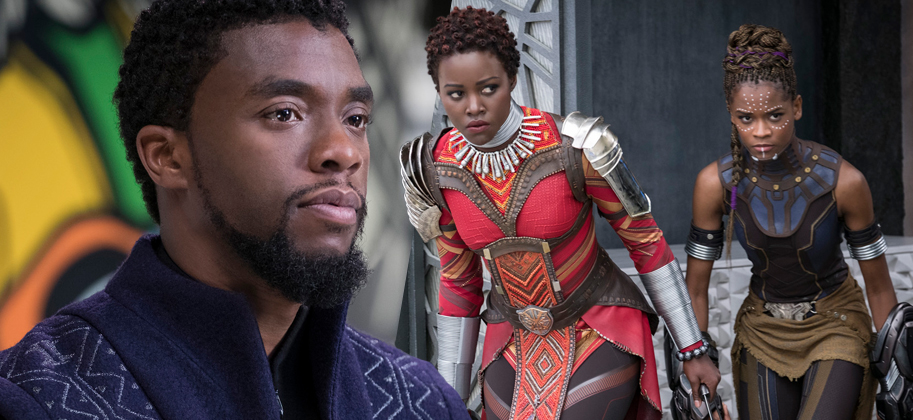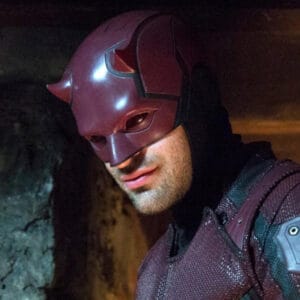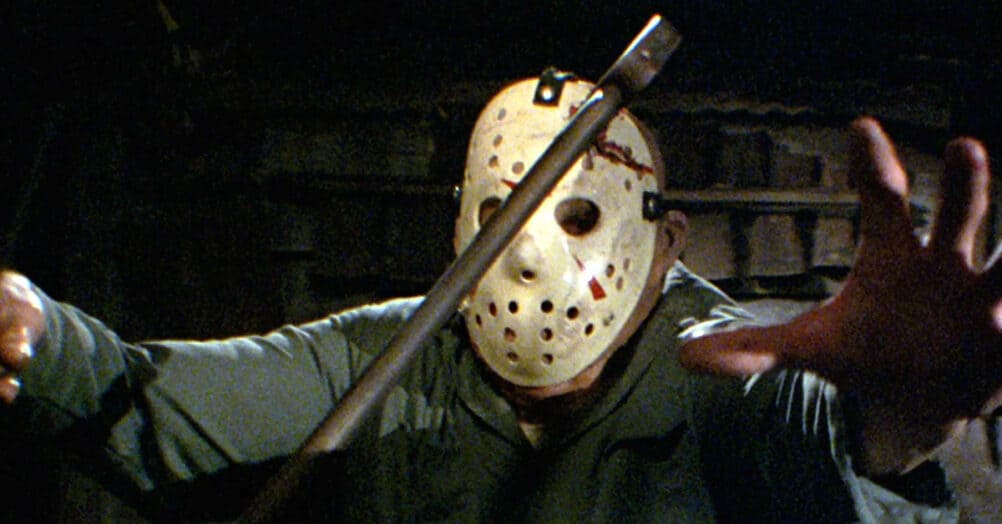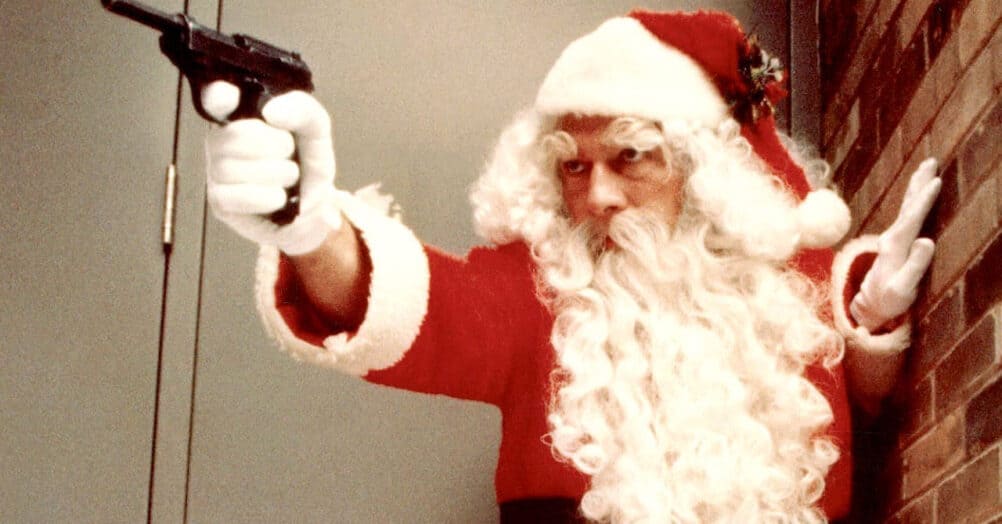Last Updated on August 2, 2021

Just under three weeks after its debut, Marvel's BLACK PANTHER has proven to be an incredible critical and commercial success for the studio, which all but guarantees that we'll be seeing much more of T'Challa (Chadwick Boseman) and the nation of Wakanda in Marvel's future. Empire recently spoke with BLACK PANTHER director Ryan Coogler as well as executive producer Nate Moore, who dropped a few secrets about the production of the Marvel film. Keep in mind that there will be MAJOR SPOILERS for the film below, so consider yourself warned.
As we know, the character of T'Challa was first introduced in CAPTAIN AMERICA: CIVIL WAR, but that wasn't always the plan. Nat Moore explained that work began on a standalone BLACK PANTHER film in 2010, but that they soon found themselves "falling into the pitfalls of an origin story movie and that familiar structure." When CIVIL WAR came around, Moore added that they "saw an opportunity to introduce a character in a different way, that both served that movie really well, would be a great launching pad for the character, and allow us to do a film that could skip all of the origin story pitfalls and just tell a cool story." With CIVIL WAR having taken care of T'Challa's origin, Ryan Coogler was free to more fully explore Wakanda and its inhabitants in BLACK PANTHER.
As with all MCU movies, BLACK PANTHER comes complete with several post-credit sequences, the first of which finds T'Challa appearing before the United Nations to reveal Wakanda's true nature to the world. During his address, T'Challa says "In times of crisis, the wise build bridges while the foolish build barriers," which many took to be a dig at President Donald Trump, but Coogler says that wasn't the case. The line was actually written before the election and comes from an African proverb found by Ryan Coogler's wife. "We were looking for African proverbs to go with this speech and we found that one," Coogler said. "That saying is so ancient that many African tribes claim it. It's a very common proverb on the continent." The United Nations sequence also could have served as BLACK PANTHER's main ending, but Coogler felt that wrapping up the film back in Oakland made the most sense.
I like movies that end where they start. I feel like it's a complete meal, there's a symmetry there. We played with a lot of different ways to end it. It came back to the most moving version of it. Who is more moved emotionally — that kid, or the people sitting in that UN? Who is that a bigger deal to?
As for the second post-credit scene, which marks the reappearance of Bucky Barnes (Sebastian Stan), Moore says that the scene is meant to put Bucky back into the picture in preparation for AVENGERS: INFINITY WAR. "We also wanted to hint at, 'OK he's fixed?' What does that mean going forward? We do have this little film called Avengers: Infinity War coming up," Moore said. "We wanted to have Bucky back and up and around, because he will have a role to play in that film." Bucky's bionic arm, which was destroyed by Tony Stark (Robert Downey Jr.) in CAPTAIN AMERICA: CIVIL WAR, was absent in the BLACK PANTHER post-credit scene, but as we've seen in the AVENGERS: INFINITY WAR trailer, Bucky will get the arm back at some point. Nat Moore added that they did discuss giving Bucky a new arm for the BLACK PANTHER scene, but decided against it. "There was a version when it was in, there was a version where it was out," Moore said. "The truth was, he felt more human when he wasn't whole in Winter Soldier. He could just be Bucky and that's why i think it was important for him as a character to go, 'not Sergeant Barnes, my name's Bucky. I am a person, I am no longer a soldier'."
BLACK PANTHER is now playing in theaters, so be sure to check out reviews from our own Eric Walkuski and Chris Bumbray as well as letting us know what you thought of the film!




















Follow the JOBLO MOVIE NETWORK
Follow us on YOUTUBE
Follow ARROW IN THE HEAD
Follow AITH on YOUTUBE